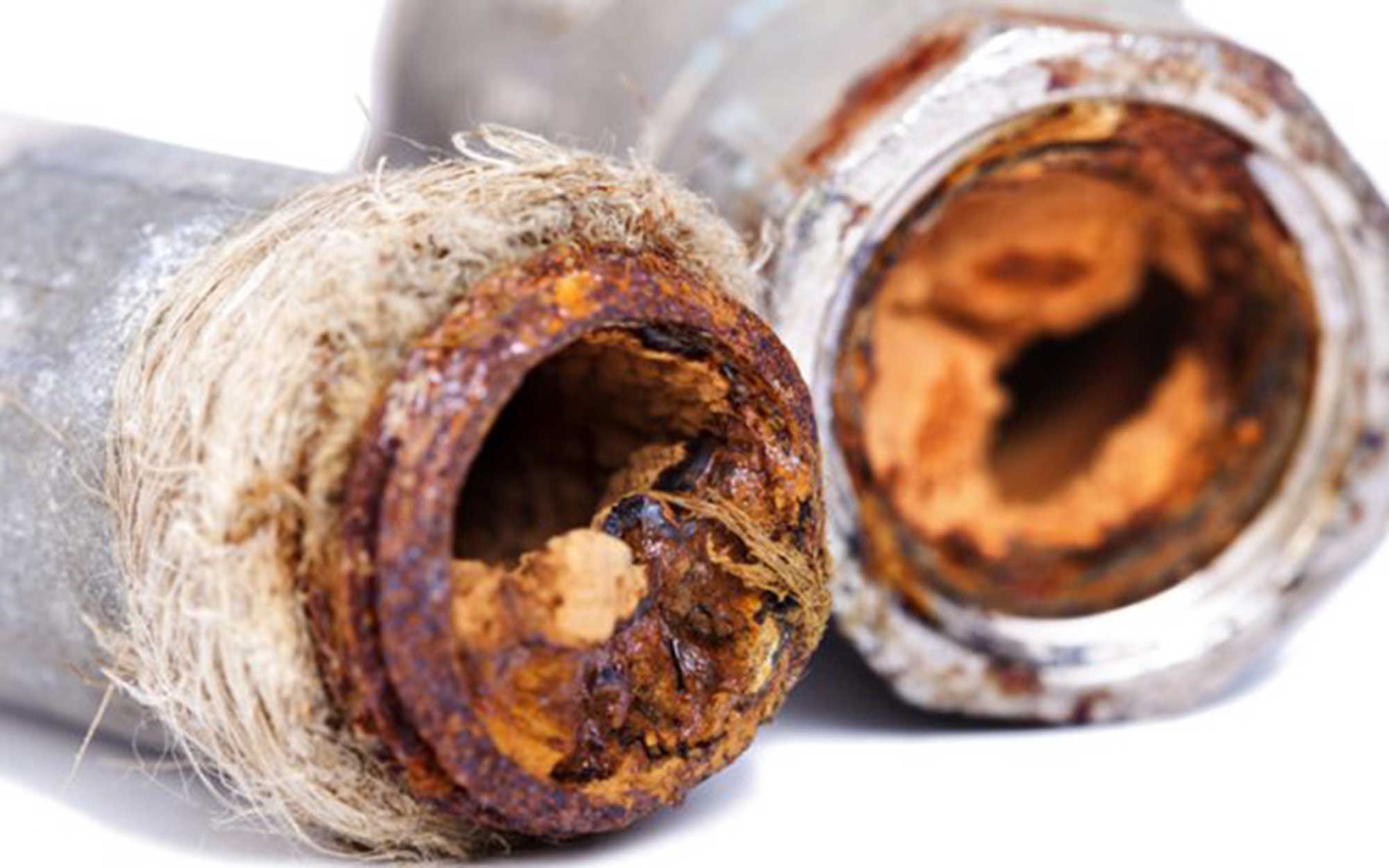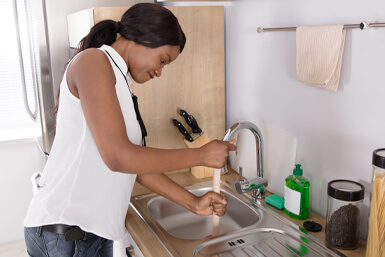Mystery-Solving Unexplained Plumbing Noises in Your Residence
Mystery-Solving Unexplained Plumbing Noises in Your Residence
Blog Article
In this article in the next paragraph you can get more outstanding points in relation to Why is My Home Making Strange Plumbing Noises.

To identify loud plumbing, it is important to identify very first whether the unwanted sounds occur on the system's inlet side-in other words, when water is turned on-or on the drain side. Sounds on the inlet side have actually varied causes: excessive water stress, used shutoff and also faucet parts, incorrectly attached pumps or other devices, inaccurately put pipe bolts, as well as plumbing runs including too many tight bends or various other restrictions. Noises on the drainpipe side generally originate from inadequate place or, just like some inlet side sound, a design consisting of tight bends.
Hissing
Hissing sound that takes place when a tap is opened somewhat usually signals extreme water stress. Consult your regional water company if you suspect this trouble; it will certainly have the ability to inform you the water stress in your location and also can mount a pressurereducing shutoff on the inbound water system pipe if needed.
Thudding
Thudding sound, often accompanied by shuddering pipes, when a tap or device shutoff is shut off is a condition called water hammer. The sound and resonance are caused by the reverberating wave of stress in the water, which all of a sudden has no location to go. Occasionally opening up a shutoff that discharges water promptly into a section of piping consisting of a restriction, joint, or tee fitting can create the very same problem.
Water hammer can generally be treated by setting up fittings called air chambers or shock absorbers in the plumbing to which the trouble shutoffs or taps are attached. These tools permit the shock wave created by the halted circulation of water to dissipate airborne they consist of, which (unlike water) is compressible.
Older plumbing systems may have short vertical sections of capped pipe behind wall surfaces on faucet runs for the same function; these can eventually full of water, minimizing or damaging their effectiveness. The remedy is to drain the water system totally by turning off the major water system shutoff and opening all faucets. After that open the primary supply valve as well as close the taps one by one, beginning with the tap nearest the shutoff and finishing with the one farthest away.
Babbling or Shrieking
Intense chattering or shrilling that happens when a valve or faucet is activated, which normally disappears when the fitting is opened fully, signals loosened or faulty interior components. The solution is to replace the shutoff or tap with a brand-new one.
Pumps and also devices such as washing makers and dishwashing machines can move motor noise to pipelines if they are poorly attached. Connect such products to plumbing with plastic or rubber hoses-never rigid pipe-to isolate them.
Various Other Inlet Side Noises
Squeaking, squeaking, damaging, snapping, as well as touching usually are brought on by the development or contraction of pipes, normally copper ones supplying warm water. The audios happen as the pipes slide versus loosened bolts or strike close-by house framework. You can frequently identify the location of the trouble if the pipes are subjected; simply adhere to the sound when the pipelines are making noise. Probably you will certainly discover a loose pipe hanger or a location where pipelines exist so near to floor joists or other mounting pieces that they clatter against them. Connecting foam pipe insulation around the pipelines at the point of contact need to remedy the trouble. Make sure bands as well as hangers are secure and also supply ample support. Where feasible, pipe fasteners should be affixed to huge architectural elements such as structure wall surfaces instead of to mounting; doing so decreases the transmission of vibrations from plumbing to surfaces that can magnify and transfer them. If attaching bolts to framing is inevitable, cover pipes with insulation or other resilient material where they speak to bolts, and also sandwich the ends of brand-new bolts in between rubber washers when installing them.
Dealing with plumbing runs that deal with flow-restricting tight or many bends is a last resort that should be undertaken only after getting in touch with a knowledgeable plumbing service provider. However, this situation is rather usual in older houses that might not have actually been developed with interior plumbing or that have seen numerous remodels, specifically by beginners.
Drainpipe Noise
On the drainpipe side of plumbing, the chief objectives are to eliminate surfaces that can be struck by falling or rushing water as well as to insulate pipes to include unavoidable noises.
In brand-new building, bathtubs, shower stalls, toilets, and also wallmounted sinks and basins must be set on or against resistant underlayments to reduce the transmission of noise via them. Water-saving commodes as well as taps are less noisy than traditional designs; mount them instead of older types even if codes in your location still permit making use of older fixtures.
Drains that do not run up and down to the basement or that branch into horizontal pipe runs supported at floor joists or other mounting existing particularly frustrating sound troubles. Such pipelines are huge enough to emit considerable vibration; they also lug considerable quantities of water, which makes the circumstance worse. In new construction, define cast-iron dirt pipes (the huge pipelines that drain pipes commodes) if you can manage them. Their enormity contains much of the sound made by water travelling through them. Additionally, stay clear of routing drainpipes in wall surfaces shared with rooms and rooms where individuals collect. Walls containing drainpipes ought to be soundproofed as was defined earlier, using double panels of sound-insulating fiber board and also wallboard. Pipes themselves can be covered with special fiberglass insulation created the function; such pipelines have an impervious vinyl skin (occasionally having lead). Outcomes are not always satisfactory.
If Your Plumbing is Making These Sounds, There’s a Problem
A Bang or Thump When You Turn Off a Faucet
If a loud bang or thump greets you each time your turn off running water, you likely have a water hammer. A water hammer occurs when the water velocity is brought to a halt, sending a shock wave through the pipe. It can be pretty jarring — even worse, damaging to your plumbing system. All that thudding could loosen connections.
Strange Toilet Noises
You’re so familiar with the sounds your toilet makes that your ears will be attuned to anything out of the ordinary. Fortunately, most unusual toilet noises can be narrowed down to just one of several problems.
Foghorn sound:
Open the toilet tank Flush the toilet When you hear the foghorn noise, lift the float to the top of the tank If you’re ambitious, you can remove the ballcock valve and disassemble it to replace the washer. Or you can more easily replace the ballcock valve entirely. This device is relatively inexpensive and available at most any hardware store.
Persistent hissing:
The hissing following a flush is the sound of the tank filling. It should stop once the tank is full. But if the hissing continues, it’s likely because water is leaking out of the tank. The rubber flap at the bottom of the tank can degrade, letting water slip through and into the bowl. That’s why the tank is refilling continuously. Fortunately, this is an easy fix:
Cut the water to the toilet by closing the shutoff valve on the water supply line. Flush the toilet to drain the tank. Disconnect the flapper Attach the new flapper Gurgling or bubbling:
Gurgling or bubbling suggests negative air pressure in the drain line, likely resulting from a clog. As air releases, it causes the water in the toilet to bubble. This could either be a minor issue or a major one, depending on the clog’s severity. Clogs can be caused by toilet paper or more stubborn obstructions such as tree roots. If you can’t work out the clog with a plunger, contact a professional plumber for assistance because a clog of this magnitude could lead to filthy and unsanitary sewage backups in your sink bathtub.

I'm very focused on Why Do My Plumbing Pipes Make A Knocking Noise and I am assuming you enjoyed reading the entire page. Please set aside a second to distribute this blog posting if you liked it. I am grateful for your time. Don't forget to come visit our site back soon.
Professional approach assured. Report this page